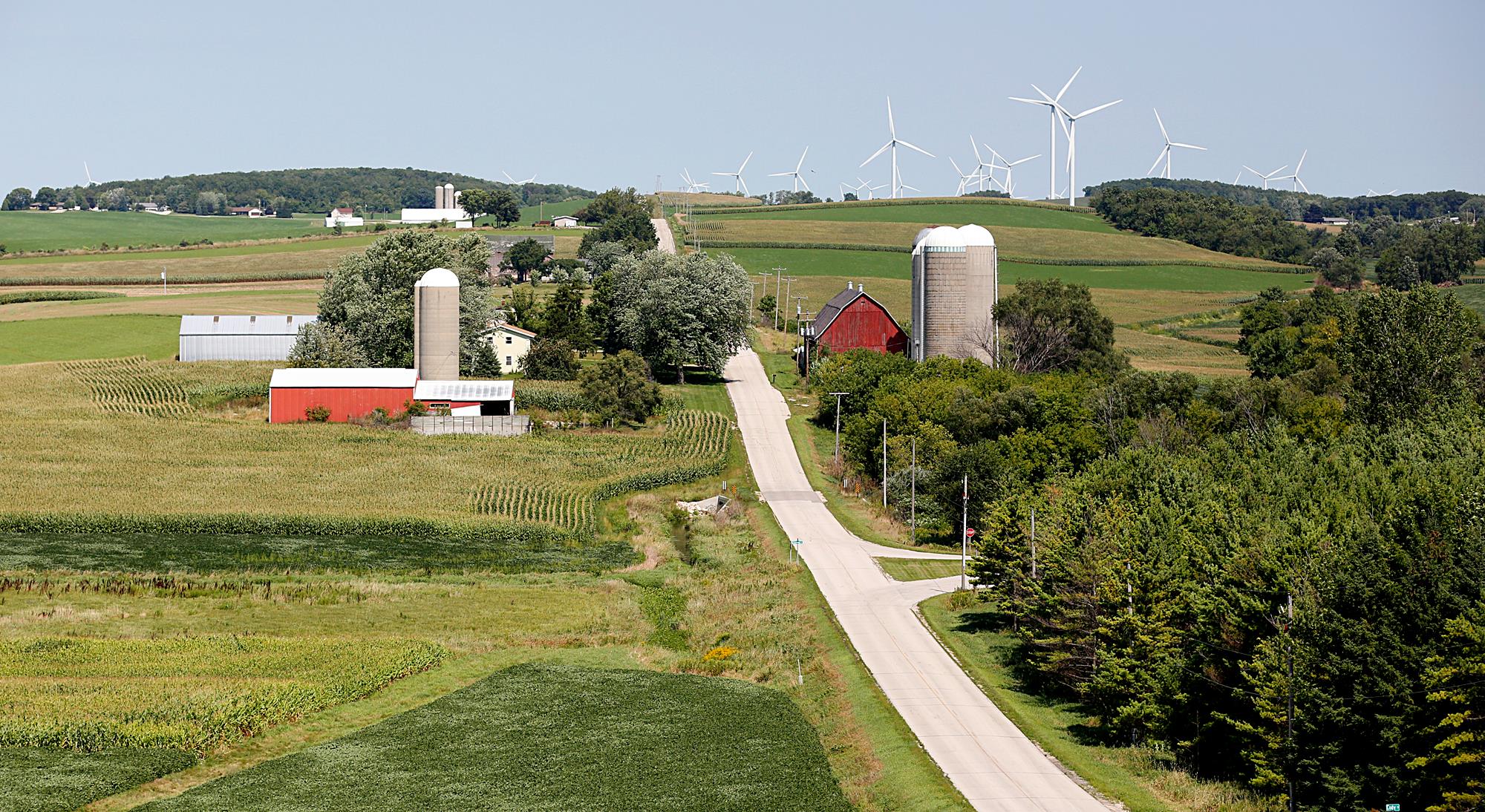Wisconsin News
Report finds Wisconsin agriculture revenue on the rise, up nearly 11 percent from 2017

Article from Wisconsin Public Radio
An economic analysis shows Wisconsin’s agriculture industry is pulling in more revenue in recent years but employing fewer people.
The report, titled “The Contributions of Agriculture to the Wisconsin Economy,” is published every five years. The newest survey found the industry earned $116.3 billion in revenue in 2022, the latest data available. That is a 10.9 percent increase from 2017.
However, the numbers are nuanced, Steve Deller and Jeff Hadachek, co-authors of the report out of the University of Wisconsin-Madison, said on WPR’s “Wisconsin Today.”
While revenues are up, the number of agriculture jobs are down and the number of farms are down. Meanwhile, the amount of production is staying the same. This is likely a result of consolidation and farm technology, Deller said.
Other highlights from the report:
- Number of farms are down from 64,793 in 2017 to 58,521 in 2022;
- Number of food processors up from 1,160 in 2017 to 1,245 in 2021;
- Employment declined from 437,700 jobs in 2017 to 353,900 jobs in 2022, a drop of 19.1 percent.
The report also outlines the diversity of Wisconsin’s economy and the strength of the dairy industry. Both authors joined WPR’s “Wisconsin Today” to discuss the latest findings.
The following interview was edited for clarity and brevity.
Rob Ferrett: What is considered agricultural in this report?
Jeff Hadachek: We take a pretty holistic picture of what we consider agriculture and that includes everything from the raw production of the product on farm to all the way to delivering it to the consumer. Farm activity is about $30 billion of industrial revenue and food processing is like $107 billion.
RF: Steve, when you look at the overall numbers of people employed in agriculture and food processing, where are people working?
Steve Deller: It is in food processing. When you think about dairy, for example, 95 percent of all the milk that’s produced actually goes into value added cheese production.
The other thing is that when we think about agriculture, including food processing, a lot of that is actually located in our urban cities. So when we think about agriculture, it’s not just a rural industry. It’s woven into the fabric throughout the state’s economy.
RF: Jeff, what are the trends in on-farm employment?
JH: It’s certainly decreasing. This is one of the things that maybe is a concern and it has been a trend for the last few decades. Farms require fewer people to work and to produce the same amount of food. A lot of that we can attribute to technological production, right?
On dairies we have automatic milking systems that don’t require as many individuals on the farm. So we see production really relatively stable but on-farm employment is decreasing.
RF: Steve, the number of farms, dairy in particular, is going down while production is stable or going up. That implies concentration of the industry. Is that something this new five year report is reinforcing?
SD: That’s what we’re seeing. We’re seeing kind of the aging of the farmers. A lot of farmers are hitting retirement age. They’re starting to step out. The next generation does not want to take on the farm.
So, we see the number of farms declining but the land that’s in production, the number of animals that’s in production, has stayed the same and indeed is actually increasing a little bit.
RF: How can policy support the farm economy in Wisconsin?
SD: One of the things that’s happening is that we’re seeing kind of a hollowing out in the distribution of farms. We’re seeing growth in the very large farms, which gets a lot of attention. We’re also seeing growth in the smaller farms that’s kind of related to local foods. So I think one thing that we could do is celebrate the diversity of our agriculture.
I think the other issue is labor shortages. A lot of farmers are adopting these robotic milking technologies not because they’re fans of Star Wars, but because there’s a labor shortage. They don’t have a choice. They have to adopt these technologies.


